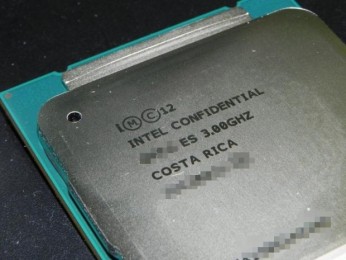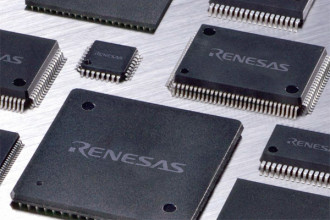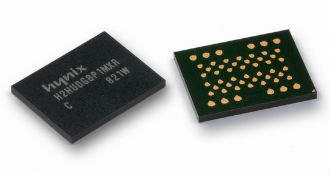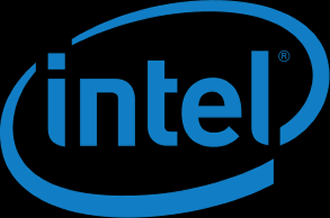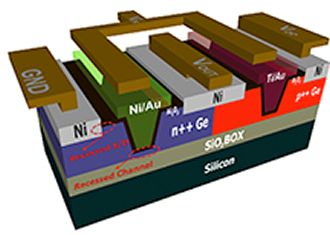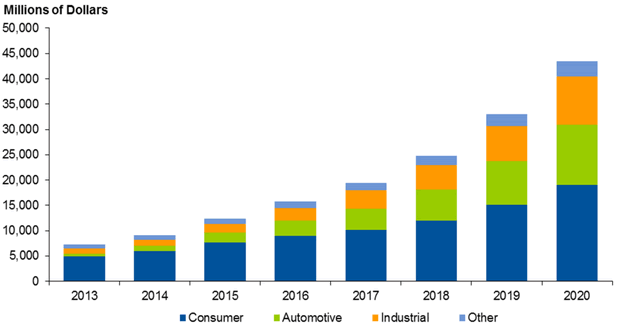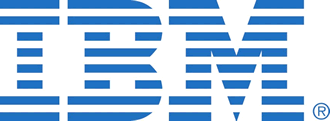 The global semiconductor shortage could have a greater impact on the automotive industry than the COVID-19 pandemic.
The global semiconductor shortage could have a greater impact on the automotive industry than the COVID-19 pandemic.
Software provider VNC Automotive CEO Tom Blackie said that talking to clients and suppliers, it’s become clear that the effects of the semiconductor shortage will long outlast the pandemic, and will potentially have a far more serious impact on sales and future development.
“Some of our suppliers are seeing prices for chips that are more than 30 times higher than before, and at that level, their use is no longer sustainable. We’re even seeing vehicle buyers and fleet operators having to consider purchasing models that aren’t on their preferred lists because that’s all that’s available. At a time when the industry is asking people to consider making the switch to EVs, supply restrictions are leaving them frustrated”, he said.
